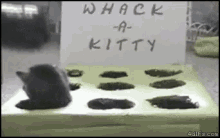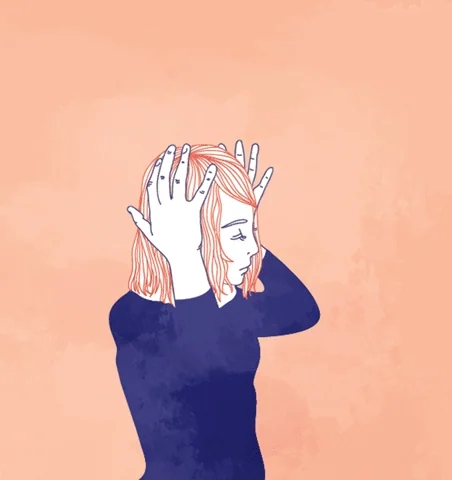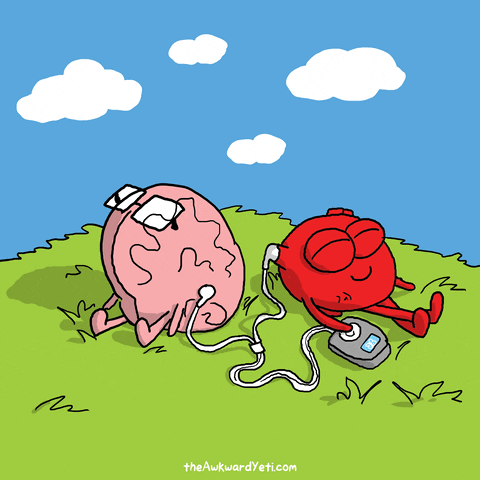We use cookies on our website for a number of purposes, including analytics, performance, and advertising. Learn more.
OK!
Boo
SIGN IN
Understanding ISFP Anger: Navigating the Emotional Brushstrokes of the Artist
By Boo Last Updated: September 11, 2024
Navigating the emotional terrain of an ISFP—often referred to as the Artist—can feel like wandering through an art gallery. Each emotion is like a work of art, nuanced and textured, reflecting a broad range of human experiences. If you're here, you're either an Artist yourself or deeply connected to one, and you're looking to decode the enigmatic painting of our anger.
Here, we won't just shed light on why Artists like us get angry. We'll illuminate how we express that anger—subtly, silently, or with bursts of color. We’ll also equip you with practical tools to address these emotions, both for Artists and those who love us. The understanding you'll gain will help paint a more harmonious picture for all.
Explore the ISFP Wellness Series
- Wellness for an ISFP
- 10 Things that Excite ISFP
- Traits of a Toxic ISFP
- How ISFP Handle Stress
- Surprising Sexuality of ISFP
The Roots of the Artist's Ire: Causes of ISFP Anger
Under the colors and shapes that typically define our cheerful disposition lies a canvas that can be easily stained by certain triggers. Here are some common sources that can set our emotional brush onto a darker palette:
Authenticity and its violation
For us Artists, authenticity is like a rare pigment that can bring a painting to life. When that's smeared by manipulation or deceit, we're not just upset; we feel like a piece of our own artwork has been vandalized. The dissonance triggers a real emotional upheaval within us.
Constraints on freedom
Imagine a sky-wide canvas where we want to freely draw our dreams and paths. When someone or something imposes limitations, it's as if this canvas gets smaller and smaller, constraining our creative and emotional space, causing a surge of irritation or anger.
Injustice to the underdog
Picture the underdogs of society as hidden masterpieces, often overlooked or undervalued. Witnessing any mistreatment or injustice toward them is like watching someone ruin such a masterpiece. The experience ignites our sense of justice, leading to palpable anger.
Sensory overload
We Artists find beauty in harmony—be it in colors, sounds, or scents. When our senses get bombarded with disharmony, like a persistent irritating noise or a suffocating smell, it's as if someone is scratching a chalkboard. This discord can lead to escalating annoyance and anger.
Emotional disconnection
Imagine two souls resonating like tuning forks. When one suddenly goes out of sync, especially if it’s someone close to us, the resulting dissonance is both unsettling and infuriating. It’s as if a beautiful duet got disrupted, and the silence that follows is heavy with frustration.
The Artist's Subtle and Bold Strokes: How ISFPs Express Anger
Anger for Artists is seldom a splash of random paint but more like calculated brushstrokes on a canvas. Each stroke has a purpose, a cause, and an outlet. Here's how:
Quiet withdrawal
Retreating into our inner world is akin to a painter stepping back to study a canvas. This solitude offers us space to process our emotions, letting the colors of our feelings settle before taking any action.
Body language
If you've ever seen an artist lost in their work, you know how telling their body language can be. Similarly, our physical cues—the tense shoulders, the hardened gaze—are like silent brushstrokes spelling out our discontent.
Verbal outbursts
Although we're known for our calm demeanor, emotions do sometimes spill over. When that happens, each word erupts like a splash of intense color on an otherwise serene landscape. Startling, yes, but an honest expression of our emotional state.
Creative expression
When words are elusive, we turn to our art. Whether it’s an abstract painting or a poignant song, each note or hue captures a facet of our anger. It’s a cathartic release that allows us to express complex feelings through our chosen medium.
Acts of defiance
When we rise in defiance against a situation, it’s not random rebellion. It’s a deliberate stroke, challenging the circumstances that ignited our anger. This act is both an expression and a solution, helping us reclaim some semblance of control.
Brushing Away the Grays: Strategies on How to Cope with Anger
Managing our emotional hues is as vital as managing colors on a palette. Let's dive into some techniques that can help:
For ISFPs
- Artistic venting: Express yourself through the arts. Capture the essence of your emotions on canvas, in a song, or in a poem.
- Solitude and reflection: Seek peace and quiet. Use the silence to sift through your thoughts and identify what's bothering you.
- Physical release: Engage in physical activities like running or dancing to divert the emotional energy into something positive.
- Journaling: Putting your thoughts on paper can be cathartic and help you process your emotions.
- Seek professional help: Sometimes, talking to a therapist can offer new perspectives on managing your emotional palette.
For partners of ISFPs or people around ISFPs
- Give space: Artists need room to breathe. Granting space can allow for emotional recalibration.
- Open dialogue: Create a safe space for open conversation. Listen attentively and speak without judgment.
- Avoid superficial comforts: No platitudes, please. We value depth and authenticity.
- Be patient: Understand that Artists may need time to articulate their feelings.
- Show Physical comfort: Sometimes, a hug can speak volumes, conveying the support and understanding that words might fail to express.
FAQs
How can you tell when an ISFP is angry?
Look for signs like withdrawal, changes in body language, and sharp, out-of-character remarks. These could be indicators of the Artist's emotional unrest.
Do ISFPs hold grudges?
While we aim for harmony, lingering on negative emotions is contrary to our nature. We usually seek resolution.
How can I apologize to an ISFP?
An authentic apology, one that acknowledges our feelings and the intention to make amends, goes a long way with us.
What should you not say to an angry ISFP?
Avoid trivializing our emotions or asking us to "just get over it." This only adds fuel to the fire.
How do ISFPs handle conflict?
We handle conflict by addressing it sensitively and directly, valuing emotional integrity over confrontation.
The Final Brushstroke: Understanding and Growing Beyond ISFP Anger
Anger is but one color on the emotional palette of an ISFP, the Artist. Recognizing its causes and manifestations equips us to deal with it more effectively. Whether you're an Artist trying to harmonize your own canvas, or a loved one looking to understand those shades of red and gray, this guide aims to offer useful tools for better emotional collaboration. So let's make every brushstroke count, and paint a future rich in understanding and depth.
MEET NEW PEOPLE
JOIN NOW
40,000,000+ DOWNLOADS
ISFP People and Characters
#isfp Universe Posts
Universes
Personalities
Personality Database
Meet New People
40,000,000+ DOWNLOADS
JOIN NOW






















































